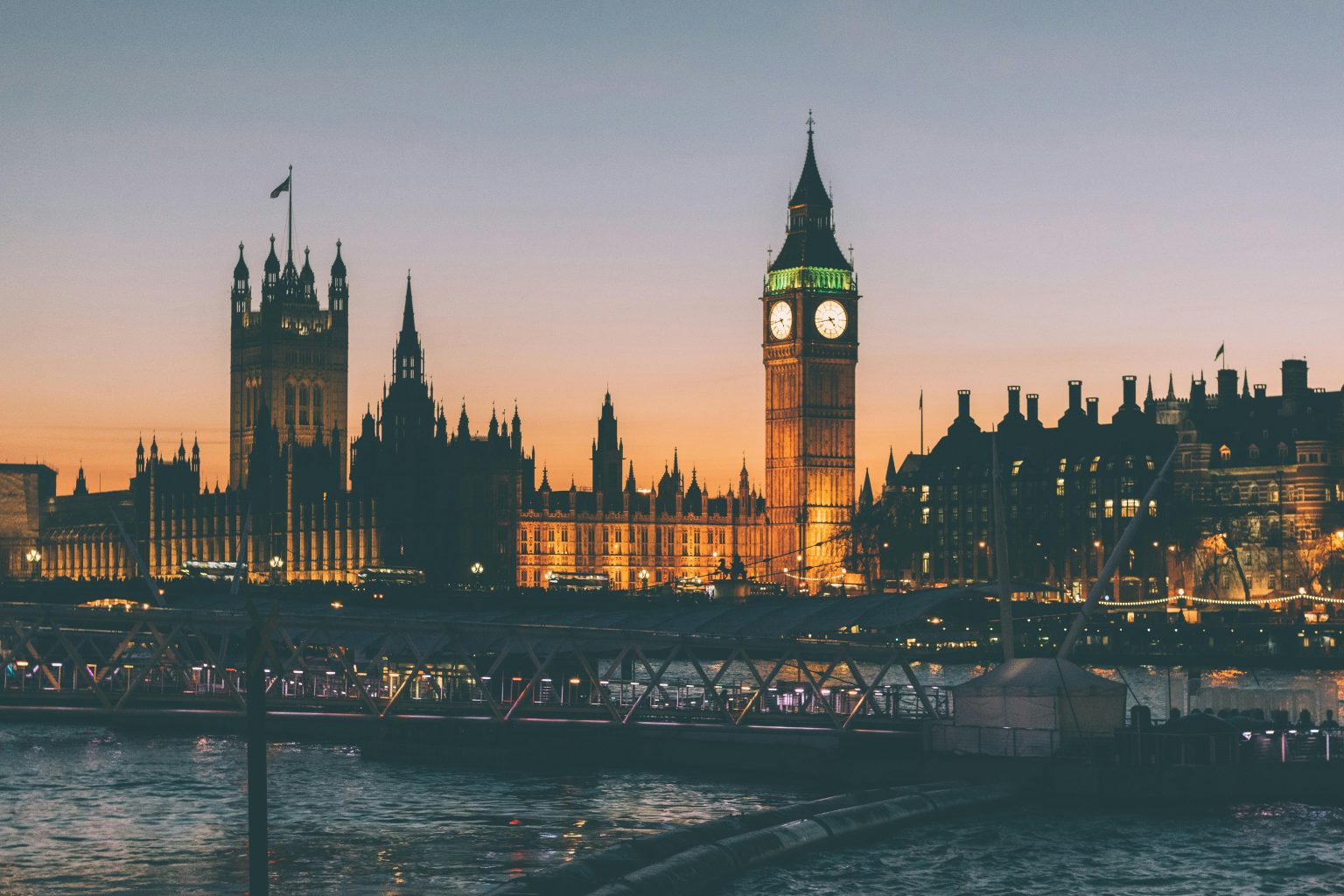Academy Award-winning filmmaker Asif Kapadia completed his dystopian film “2073” during late 2024, expecting standard critical reviews. He did not anticipate how the work would transcend entertainment boundaries to function as an organising mechanism for citizens grappling with contemporary political shifts.
Kapadia’s latest project merges documentary footage featuring actual political figures with speculative fiction sequences set in 2073. Audiences describe the film as providing an interpretive framework for current events, revealing patterns about how politically engaged viewers consume media during institutional uncertainty.
Production Methods Advance Political Messaging
The filmmaking process itself established new standards for documentary production. Kapadia collaborated with cinematographer Bradford Young, whose previous work includes “Arrival” and “Solo: A Star Wars Story,” to film dramatic sequences using LED stage technology comparable to “The Mandalorian” production methods. A concentrated five-day filming schedule for fictional segments preserved the project’s independent character while incorporating advanced technical approaches.
Kapadia utilised separate editorial teams—Chris King handling documentary material and Sylvie Landra managing dramatic content—developing what he characterizes as “two different creative brains for the two different films.” This approach enabled seamless integration of archival material from roughly 60 nations with fictional scenarios featuring Samantha Morton as “Ghost,” a survivor navigating dystopian San Francisco.
These technical choices reinforce the film’s political themes. “All of the people that she sees are from news footage, documentaries, and they’re all shots from around the world,” Kapadia explains regarding Morton’s underground scenes. “So the idea that the whole world is now existing underground and nobody lives in homes anymore on streets because that’s all gone.”
Regional Screenings Expose Localized Concerns
Audience reactions have differed markedly across geographic regions, with viewers connecting their immediate political circumstances to the film’s narrative framework. Kapadia notes that “when I’m in the room, the film changes depending on who’s watching the film because different scenes have a different resonance to that audience.”
Spanish viewers concentrated on climate-related sequences following destructive Valencia flooding. New York audiences, viewing the film post-election, emphasised political content. British viewers connected with segments addressing misinformation and political manipulation. Amsterdam screenings highlighted surveillance and social control themes after local racial conflicts.
These distinct responses demonstrate how citizens across regions experience comparable anxieties about democratic deterioration while confronting unique local expressions of broader global patterns. Kapadia describes the film as functioning like “a bit of a mirror” where “audiences watch the film they’re looking at, they see whatever they want to see.”
Building Networks Around Shared Concerns
Kapadia observes that “different sections of society having an interest in all different areas, this film has connected the dots for them and is becoming a go-to place to find their community.” Viewers span multiple professional categories—legal practitioners, educators, and other working professionals—united by concerns about institutional stability.
This community-formation role sets “2073” apart from conventional political documentaries. Rather than merely documenting issues, the film operates as a convergence point for citizens experiencing political displacement who previously lacked common language for their concerns.
Kapadia’s work provides viewers with historical context for contemporary developments. He reports that audiences utilise the film to question “what can we do?” instead of passively absorbing its warnings. This shift from consumption to action indicates changing expectations for political media during crisis periods.
Viewers treat screenings as civic education rather than entertainment. “So many people come up to me at the end and then they’re like, what do we do? What can we do now?” Kapadia reports. “That’s really, the film asks them to then think about, well, what are we going to do to change the world?”
Distribution Obstacles and Release Strategy
Securing distribution presented substantial obstacles. “A lot of [distributors] just don’t want to touch politics,” Kapadia disclosed. “They don’t want to go anywhere near anything political. They don’t want to piss off any world leaders because it might affect where their service is available.” The film’s hybrid format also complicated promotional strategies.
Neon eventually supported the project, while HBO Max’s release timing proved strategic. A distributor informed Kapadia that HBO’s decision to debut “2073” alongside “The Last of Us” second season created optimal audience alignment – viewers seeking dystopian content could select between a ten-episode series or an 85-minute film.
Release timing aligned with global political developments that reinforced the film’s cautionary elements. “All the stuff going on in the world, it is totally portrayed in the film,” Kapadia observes, describing how current events have validated the film’s dystopian projections.
Professional Participation and Sustained Engagement
The range of professional backgrounds among active viewers demonstrates that concerns about democratic regression extend beyond traditional activist networks. Legal professionals, educators, and other mainstream workers utilise the film to process current developments and connect with similarly concerned citizens.
Kapadia emphasises that “it’s clear that people are really worried about where this country is going right now. The film is becoming a go-to place for people to make sense of what’s happening.” This analytical function explains the film’s continued relevance months following its debut.
Continued engagement indicates audiences approach “2073” as civic education and community organising rather than entertainment. Viewers report using the film to initiate political discussions and identify local action possibilities.
Documentary Form During Political Crisis
Reception patterns for “2073” reveal changing approaches to political media consumption. While traditional entertainment typically offers escapism, politically engaged audiences increasingly seek content that assists them in processing and responding to current developments.
The film’s effectiveness as an organising mechanism reflects growing demand for content that bridges political analysis with practical action. Rather than leaving viewers feeling powerless, “2073” redirects anxiety toward productive engagement.
These patterns suggest an emerging model for political filmmaking—one that emphasises functionality over conventional entertainment value. The film’s community-building role may establish a template for how media can support democratic participation during institutional stress periods.
Kapadia’s approach deliberately avoids false reassurance. “I want to shock the audience into action, not make them feel comfortable saying, ‘Oh, if you go out and vote, everything will be great.’ I don’t feel like that.” This rejection of simple solutions has transformed a dystopian warning into a catalyst for civic engagement.



